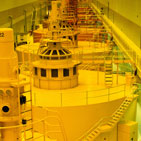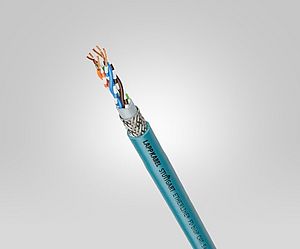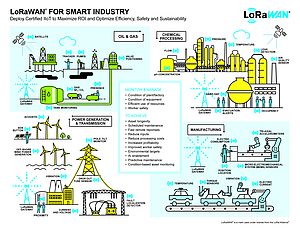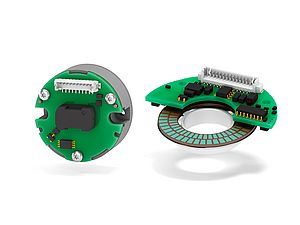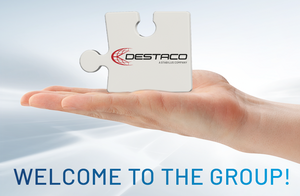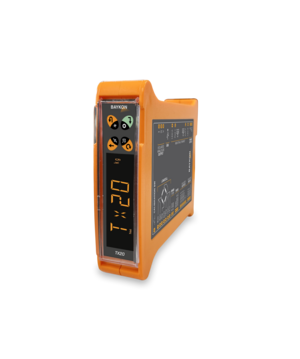Improved efficiency, increased productivity and cost reductions are the main factors that will drive the European industrial networking/communication market. There is a trend in industrial operations to interconnect systems, equipment, machinery and devices via networking, in order to provide real-time data and information for better decision making, control and management and - by extension - improved performance, quality and production.
New analysis from Frost & Sullivan, European Industrial Networking/Communication Market, finds that the market earned revenues of €854.1 million in 2010 and estimates this to reach €1,596.1 million in 2015. The research covers Ethernet, Fieldbus and wireless device technologies.
The emphasis on enhanced plant efficiency has underlined the need for constant tracking of production flows and quality assurance at every stage of production.
"As industrial networking/communication devices have the ability to retrieve real-time data from multiple, sometimes inaccessible, field devices, they are critical to process control operations where rapid reaction is necessary to prevent any abnormal functioning of the systems," notes Frost & Sullivan Senior Research Analyst Katarzyna Owczarczyk. "Real-time capabilities also enable convenient and cost-effective transmission and monitoring of data parameters over long distances."
End-users acknowledge the importance of measuring the various critical parameters that are available within a factory automation environment, which could be used to improve production. Industrial networking/communication devices can help in monitoring these parameters and provide valuable information, which could boost plant efficiency.
However, the conservative attitudes of end-user industries such as pharmaceutical, food & beverage, chemicals and oil & gas towards implementing new technologies, without being assured of their potential benefits, has proved a major restraint for industrial networking penetration.
"The application of field devices happens mostly in Greenfield projects as end-users are hesitant about changing existing plant infrastructure. Many are comfortable with traditional ways of plant operation," explains Owczarczyk. "Hence, they are less willing to invest in industrial networking solutions, viewing them primarily as an alternative, rather than a first-choice option."
Concerns over system reliability and security tend to further fuel such conservatism. While real-time technology facilitates the availability of data on the Internet and intranet servers, the security of data in the process of transmission is not assured as the data is relatively accessible. Moreover, end-users are unwilling to risk investing in wireless, as they are still not convinced about the robustness of wireless transmission.
"Manufactures of industrial networking/communication devices have to generate greater awareness and conduct workshops and training to educate end-users about the advantages of integrating industrial networking into the manufacturing process," advises Owczarczyk. "Once end-users realize the benefits of these devices, adoption levels are set to soar."
Promise of Improved Efficiency and Productivity to Fuel Uptake
Industrial Networking/Communication Devices
- July 11, 2012
- 309 views


